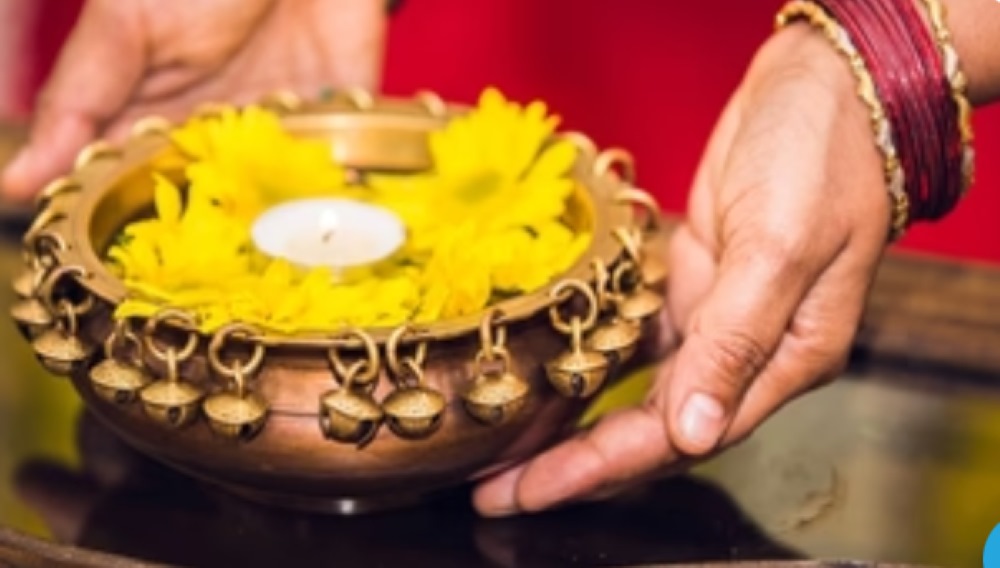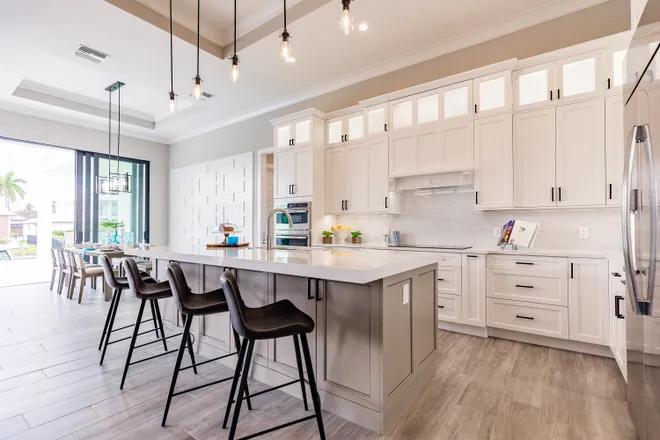From Ancient Rituals to Modern Decor: The Evolution of Urli Bowls
In the realm of home decor, certain artifacts transcend time, their origins rooted deep in history while continuing to captivate contemporary sensibilities. One such treasure is the Urli bowl, a vessel with ancient origins that has evolved from its traditional role in rituals and ceremonies to become a cherished element of modern interior design.
This article explores the rich history, cultural significance, and enduring appeal of Urli bowls, tracing their evolution from ancient rituals to modern decor.
Origins and Cultural Significance of Urli Bowls
The Urli bowl has its roots in ancient Indian culture, where it has been used for millennia in various rituals, ceremonies, and daily life. The word “Urli” is derived from the Tamil language, referring to a shallow, wide-mouthed vessel typically made of brass, bronze, or copper.
Historically, Urli bowls were employed for a multitude of purposes, ranging from cooking and food storage to religious offerings and decorative displays. In Hindu traditions, Urli bowls hold symbolic significance, often associated with auspicious occasions, festivals, and religious ceremonies.
They are commonly used to float flowers, petals, and aromatic substances such as camphor or incense during religious rituals and prayers. The gentle ripples created by the floating offerings are believed to evoke a sense of tranquility and spiritual purity, enhancing the ambiance of sacred spaces and invoking blessings from the divine.
Beyond their religious and ceremonial uses, Urli bowls have practical applications in everyday life. In Indian homes, they were used for cooking large amounts of food during festivals and special events. Their broad, shallow design ensures even heat distribution, ideal for cooking various dishes over an open flame.
Evolution in Modern Decor with Urli Bowls
While Urli bowls have deep roots in ancient traditions, their allure extends far beyond the confines of religious rituals and culinary practices. In recent years, Urli bowls have experienced a resurgence in popularity as decorative accents in modern interior design schemes.
With their timeless elegance, sculptural appeal, and versatile functionality, Urli bowls have found a place of honor in contemporary homes and commercial spaces alike. One of the key factors driving the popularity of Urli bowls in modern decor is their aesthetic versatility.
Available in a range of sizes, shapes, and finishes, Urli bowls can complement a variety of design styles from rustic and traditional to minimalist and contemporary. Whether placed indoors or outdoors, Urli bowls add a touch of sophistication and visual interest to any space, serving as focal points or accent pieces that command attention.
In addition to their aesthetic appeal, Urli bowls offer practical benefits as well. As decorative vessels, they can be filled with water and adorned with floating candles, flower petals, or decorative balls to create stunning centerpieces for dining tables, coffee tables, or mantels.
Preserving Tradition in a Modern Context
While Urli bowls have transformed their use and application, their cultural significance and historical legacy remain firmly intact. In incorporating Urli bowls into modern decor, many individuals and designers are mindful of honoring the traditions and craftsmanship that have shaped these timeless artifacts.
In recent years, there has been a growing appreciation for artisanal craftsmanship and handmade goods, with consumers seeking out products that embody authenticity, tradition, and heritage.
As a result, there has been a resurgence of interest in traditional craftsmanship techniques used to create Urli bowls such as metal casting, hand-hammering, and intricate detailing.
Many Urli bowls available in the market today are crafted by skilled artisans using time-honored methods passed down through generations. These artisans take pride in their craft, infusing each Urli bowl with a sense of history, cultural significance, and meticulous attention to detail.
Tips for Incorporating Urli Bowls into Your Decor
If you’re considering incorporating Urli bowls into your home decor, here are some tips to help you make the most of these versatile and beautiful artifacts:
1. Choose the Right Size
Consider the scale and proportions of your space when selecting Urli bowls. Opt for larger bowls as statement pieces for spacious rooms or outdoor area decor, while smaller bowls can be used as accents on tabletops, shelves, or mantels.
2. Experiment with Placement
Get creative with how you display your Urli bowls. Place them in unexpected locations such as entryways, bathrooms, or outdoor patios to add visual interest and personality to your decor.
3. Play with Styling
Experiment with different fillers and arrangements to create unique and eye-catching displays. Try filling Urli bowls with seasonal flowers, decorative balls, or floating candles to suit the mood and ambiance of your space.
4. Mix and Match
Don’t be afraid to mix and match Urli bowls with other decor elements to create dynamic and layered compositions. Pair them with vases, sculptures, or artwork to add depth and texture to your decor scheme.
5. Embrace Contrast
Use Urli bowls to create contrast and balance within your decor. Pair them with contrasting textures, colors, or materials to create visual interest and harmony in your space.
In Conclusion
Urli bowls are more than just decorative accents, they are tangible expressions of cultural heritage, artistic craftsmanship, and timeless beauty. From their ancient origins in religious rituals and culinary traditions to their modern-day role as cherished elements of interior decor, Urli bowls have evolved with the times while retaining their intrinsic allure and significance.
Whether used as vessels for floating flowers, centerpieces for dining tables, or sculptural accents for living spaces, Urli bowls have a way of infusing any environment with elegance, charm, and a sense of history.
Stay in touch to get more updates & news on Style Carter!





